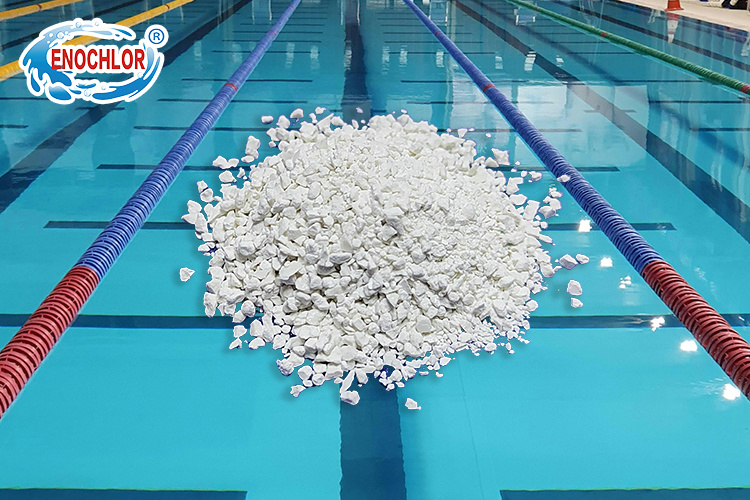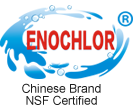18
2025
-
07
Granules and Tablets: How Calcium Hypochlorite Keeps Pools Sparkling and Safe
There’s a quiet rhythm to keeping a community pool ready for summer. Long before the first swimmer arrives, when the morning dew still clings to the diving board, the maintenance team is already at work. Their tools are simple—a test strip, a measuring cup, and a container of white granules that hold the key to keeping the water safe and inviting: calcium hypochlorite.

The day starts with a water sample. Dipping a strip into the pool, they check the chemical balance, noting how much of the granules are needed to hit the sweet spot. Too little, and bacteria could thrive; too much, and eyes might sting. With practiced precision, they sprinkle the calcium hypochlorite granules across the surface. They dissolve quickly, spreading invisible protection through the water. By the time the lifeguard unlocks the gate an hour later, the pool has already started its daily defense against germs.
As the morning warms up, kids race in with inflatable toys, and adults ease into laps. Sunscreen washes off in streaks, hair clippings drift toward the drains, and a stray leaf or two floats in from the nearby oak tree. These small invaders are no match for the calcium hypochlorite at work. The granules break down the oils from sunscreen, neutralize the bacteria that hitches a ride on skin, and keep algae from taking root on the pool floor. Swimmers splash and laugh, unaware that the same compound keeping the water clear is also guarding them from the invisible threats that could turn a fun day sour.
Lunchtime brings a lull, and the team does a quick check. Using a long-handled net, they fish out debris, then test the water again. A few more calcium hypochlorite granules go in, just to stay ahead of the afternoon rush. It’s a small step, but it ensures that when the after-school crowd arrives—teens doing cannonballs, toddlers splashing in the shallow end—the water stays as clean as it was at dawn.
After the pool closes, the real deep clean begins. The filtration system hums, but it can’t reach every nook. They grab a container of calcium hypochlorite tablets, drop a few into a bucket of water to dissolve, then use the mixture with a brush attached to a long pole to scrub the tile edges where water meets concrete. The solution, made from dissolved tablets, is strong enough to kill any lingering bacteria in the grout. The ladder rungs get a wipe-down with the same tablet-dissolved mixture, as do the railings and the benches where swimmers sit to dry off. By dusk, the pool is quiet again, but now it’s armed with a fresh dose of protection from granules and tablets, ready to repeat the cycle tomorrow.
Swimmers rarely think about what keeps the pool clean. They notice the sparkle, the lack of that murky green tint, and how their skin doesn’t feel sticky after a swim. But for the maintenance team, calcium hypochlorite—whether in granules or tablets—is more than a chemical—it’s a reliable partner. It doesn’t need fanfare; it just does its job, day in and day out, turning a big basin of water into a place where the community can gather, relax, and stay safe.
That’s the magic of it, really. The pool’s greatest asset isn’t the diving board or the slide—it’s the unseen care that goes into every drop of water. And at the heart of that care is calcium hypochlorite, in its practical granule and tablet forms, the quiet caretaker that makes summer days by the pool possible.
Previous
Next page
Previous
Next page
2023-04-23







